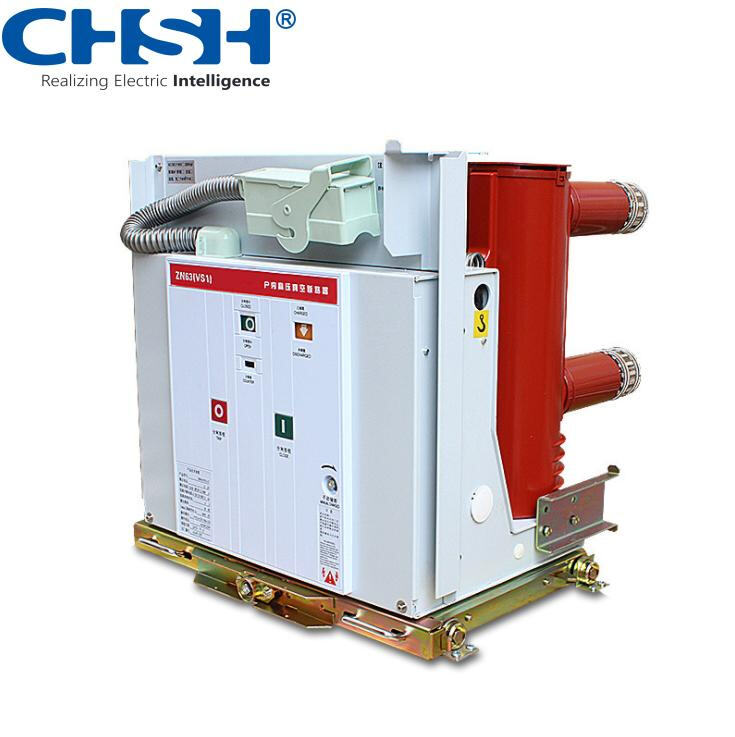Transforming Data Center Efficiency Through Modern Power Solutions
The digital transformation era has pushed data centers to their limits, demanding not just reliability but also enhanced energy efficiency. A groundbreaking solution emerges in the form of dry type transformer installations, revolutionizing how modern data facilities manage their power distribution while significantly reducing operational costs. This comprehensive case study reveals how a strategic retrofit project delivered remarkable energy savings and improved operational reliability.
In an age where sustainability meets technological advancement, the implementation of dry type transformer systems has become a cornerstone for data centers seeking to optimize their power infrastructure. The results speak for themselves - a striking 22% reduction in energy costs while maintaining unwavering performance standards.
Understanding the Power Distribution Evolution
Traditional Power Systems vs. Modern Solutions
Historical data center operations relied heavily on liquid-filled transformers, which while effective, presented numerous challenges including maintenance complexity and environmental concerns. The shift to dry type transformer technology marks a significant evolution in power distribution methodology. These modern systems eliminate the need for cooling oils, reducing both environmental risks and maintenance requirements.
The key distinction lies in the cooling mechanism - dry type transformers utilize air circulation and advanced insulation materials, enabling efficient operation without the complexity of liquid cooling systems. This fundamental difference translates into improved reliability and reduced operational overhead.
Technical Advantages of Modern Implementations
The technical superiority of dry type transformer solutions becomes evident in their operational characteristics. These systems offer superior short-circuit strength, better voltage regulation, and enhanced overload capacity. The absence of liquid cooling components significantly reduces the risk of fires and environmental contamination, making them ideal for indoor installations.
Moreover, the advanced insulation systems employed in modern dry type transformers provide exceptional thermal performance, allowing for operation in varying environmental conditions without compromising efficiency. This versatility proves particularly valuable in data center environments where consistent performance is paramount.
Implementation Strategy and Challenges
Planning and Assessment Phase
The success of any transformer retrofit project hinges on thorough preliminary analysis. The implementation team conducted comprehensive power quality surveys, load analysis, and infrastructure assessments to determine optimal transformer specifications. This preparatory phase included detailed mapping of power distribution patterns and identification of peak load periods.
Critical considerations included maintaining uninterrupted operations during the transition, ensuring compatibility with existing infrastructure, and establishing clear performance benchmarks. The team developed a phased implementation strategy to minimize operational disruption while maximizing the benefits of the new installation.
Installation and Integration Process
The physical installation of dry type transformer units required precise coordination and expert execution. The team utilized advanced monitoring systems to track power quality parameters throughout the transition. Special attention was paid to ventilation requirements and thermal management considerations, ensuring optimal performance in the data center environment.
Integration with existing power management systems demanded careful calibration and testing. The team implemented sophisticated monitoring protocols to track performance metrics and ensure seamless operation with other facility systems.
Quantifying Performance Improvements
Energy Efficiency Metrics
Post-implementation analysis revealed impressive performance gains. The dry type transformer installation achieved a 22% reduction in energy costs through improved efficiency and reduced losses. Power quality measurements showed enhanced voltage stability and reduced harmonic distortion, contributing to overall system reliability.
The new system demonstrated superior performance during peak load periods, maintaining efficiency levels above 98% even under demanding conditions. Temperature monitoring revealed more stable thermal performance, reducing cooling requirements and further contributing to energy savings.
Long-term Operational Benefits
Beyond immediate energy savings, the dry type transformer installation delivered substantial operational advantages. Maintenance requirements decreased by approximately 40%, leading to reduced operational costs and improved resource allocation. The elimination of oil-based cooling systems significantly reduced environmental risks and simplified compliance requirements.
The enhanced reliability and reduced maintenance needs translated into improved system availability, supporting the data center's uptime requirements while reducing operational overhead.
Future Outlook and Industry Implications
Scalability and Adaptation
The success of this dry type transformer implementation provides a blueprint for similar facilities seeking to optimize their power infrastructure. The modular nature of these systems allows for easy scaling to accommodate growing power demands, making them ideal for expanding data center operations.
Future adaptations may incorporate smart monitoring capabilities and predictive maintenance features, further enhancing the value proposition of dry type transformer installations in critical facilities.
Environmental Impact and Sustainability
The environmental benefits of dry type transformer systems extend beyond energy efficiency. The elimination of cooling oils reduces the facility's environmental footprint and simplifies regulatory compliance. This alignment with sustainability goals positions organizations favorably in an increasingly environmentally conscious market.
The reduced carbon footprint resulting from improved energy efficiency contributes to organizational sustainability targets while delivering tangible operational benefits.
Frequently Asked Questions
What makes dry type transformers particularly suitable for data centers?
Dry type transformers excel in data center applications due to their superior safety profile, reduced maintenance requirements, and high efficiency ratings. The absence of cooling oils eliminates fire risks and simplifies installation in indoor environments, while their robust design ensures reliable operation under varying load conditions.
How long does a typical transformer retrofit project take to complete?
The duration of a transformer retrofit project typically ranges from 4 to 8 weeks, depending on facility size and complexity. This timeline includes initial assessment, installation planning, physical implementation, and system integration. Proper project management can minimize operational disruption during the transition period.
What maintenance requirements should facilities expect with dry type transformers?
Dry type transformers require significantly less maintenance compared to liquid-filled alternatives. Regular maintenance typically involves visual inspections, cleaning of ventilation systems, and periodic electrical testing. The absence of oil testing and replacement requirements substantially reduces maintenance complexity and associated costs.

